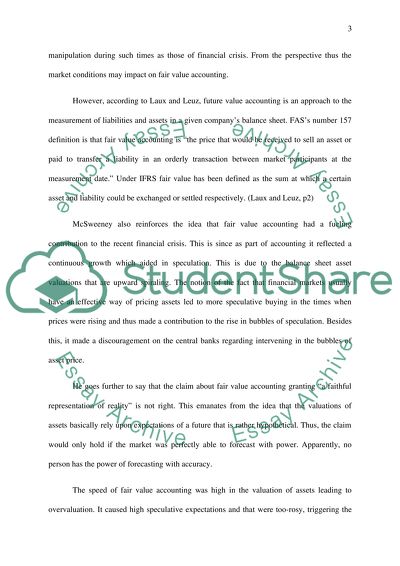Cite this document
(“Fair Value Accounting Essay Example | Topics and Well Written Essays - 1500 words”, n.d.)
Fair Value Accounting Essay Example | Topics and Well Written Essays - 1500 words. Retrieved from https://studentshare.org/miscellaneous/1557295-fair-value-accounting
Fair Value Accounting Essay Example | Topics and Well Written Essays - 1500 words. Retrieved from https://studentshare.org/miscellaneous/1557295-fair-value-accounting
(Fair Value Accounting Essay Example | Topics and Well Written Essays - 1500 Words)
Fair Value Accounting Essay Example | Topics and Well Written Essays - 1500 Words. https://studentshare.org/miscellaneous/1557295-fair-value-accounting.
Fair Value Accounting Essay Example | Topics and Well Written Essays - 1500 Words. https://studentshare.org/miscellaneous/1557295-fair-value-accounting.
“Fair Value Accounting Essay Example | Topics and Well Written Essays - 1500 Words”, n.d. https://studentshare.org/miscellaneous/1557295-fair-value-accounting.


